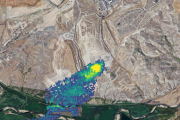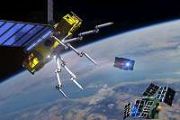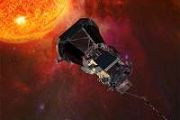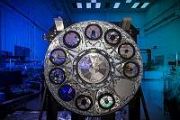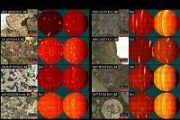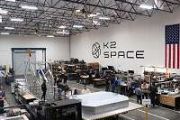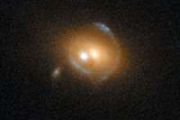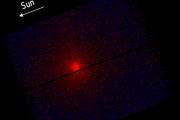
Copernical Team
Deep learning speeds up galactic calculations
 Supernovae, exploding stars, play a critical role in the formation and evolution of galaxies. However, key aspects of them are notoriously difficult to simulate accurately in reasonably short amounts of time. For the first time, a team of researchers, including those from The University of Tokyo, apply deep learning to the problem of supernova simulation. Their approach can speed up the simulati
Supernovae, exploding stars, play a critical role in the formation and evolution of galaxies. However, key aspects of them are notoriously difficult to simulate accurately in reasonably short amounts of time. For the first time, a team of researchers, including those from The University of Tokyo, apply deep learning to the problem of supernova simulation. Their approach can speed up the simulati Spacecraft fall silent as Mars disappears behind the Sun
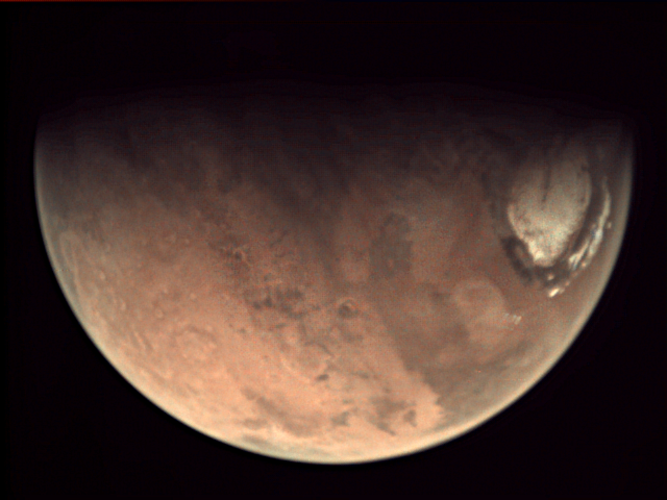
SpaceX 'Starship' launch postponed until Saturday
 SpaceX has pushed back by one day the long awaited second launch of its next-generation Starship rocket because of technical issues, the company's CEO Elon Musk said Thursday.
The space world is buzzing with anticipation ahead of the orbital test flight, originally scheduled for Friday and now due to take off Saturday, after a first attempt in April ended in a massive explosion.
"We need
SpaceX has pushed back by one day the long awaited second launch of its next-generation Starship rocket because of technical issues, the company's CEO Elon Musk said Thursday.
The space world is buzzing with anticipation ahead of the orbital test flight, originally scheduled for Friday and now due to take off Saturday, after a first attempt in April ended in a massive explosion.
"We need Spacelab-1: 40 years on
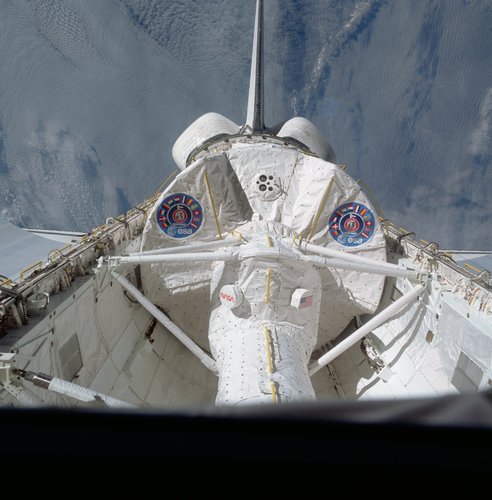
Forty years ago this month, the first European-built Spacelab was launched from Kennedy Space Center, Florida, on board Space Shuttle Columbia. Also on board was Ulf Merbold, who became ESA's first astronaut in space. The 10-day Spacelab-1 mission marked ESA's entry into human spaceflight activities.
Hubble measures the size of the nearest transiting Earth-sized planet

The NASA/ESA Hubble Space Telescope has measured the size of the nearest Earth-sized exoplanet that passes across the face of a neighbouring star. This alignment, called a transit, opens the door to follow-on studies to see what kind of atmosphere, if any, the rocky world might have.
Galileo Second Generation satellite aces first hardware tests
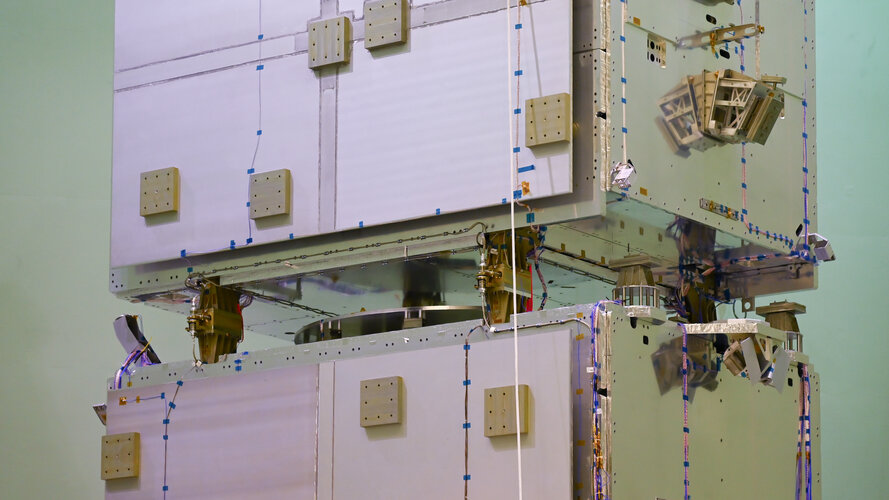
The new Galileo satellite model from Thales Alenia Space underwent mechanical and signal performance testing this summer at ESA’s ESTEC Test Centre. Structural models resisted launch-like noise and vibrations while an electrical model proved its ability to send Galileo signals - a major milestone in the development of Galileo’s Second Generation.
How students built Ireland’s first satellite
 Video:
00:22:10
Video:
00:22:10
A team of university students from University College Dublin is taking Ireland to space, for the very first time. The story begins in 2017, when the team was accepted to ESA's educational CubeSat programme, Fly Your Satellite! Over the course of six years, they have designed, built, and tested the satellite with the help of ESA experts and with access to ESA's state-of-the-art spacecraft testing facilities. As the team prepares for launch and operations, hear more about their journey to this historic moment.
SpaceX will try again to launch its mega rocket into orbit after first attempt ended in an explosion
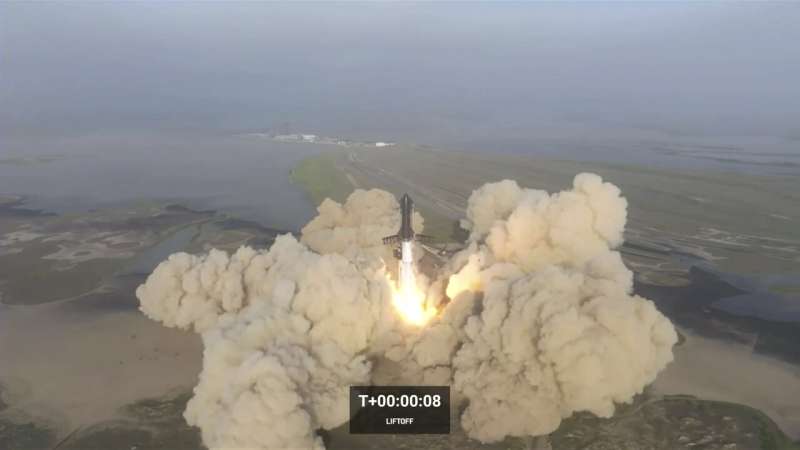
Helix hot-fire by Rocket Factory Augsburg
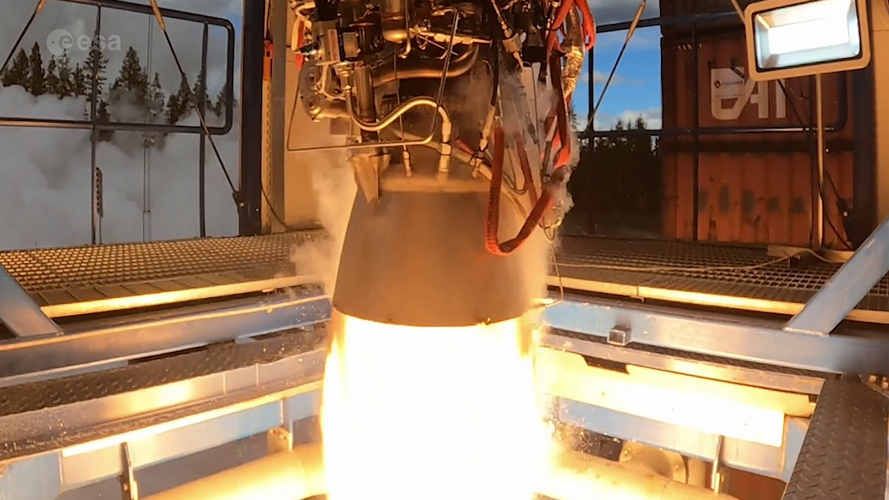 Video:
00:01:19
Video:
00:01:19
Scenes from the first hot-fire test of the Helix rocket engine built by Rocket Factory Augsburg, known as RFA, at the Swedish Space Corporation Esrange site in Kiruna, Sweden. The final scene shows testing of the RFA One rocket fairing separation designed and developed by RFA in Portugal.
Rocket Factory Augsburg’s RFA One launch vehicle is being developed in Augsburg, Germany, with hot-fire tests of the engine and second stage performed at the Esrange Space Center in Sweden, under an initial Boost! co-funding committed by ESA in 2022.
Staged combustion technology has higher efficiency and performance compared to conventional
Isar Aerospace Aquila rocket engine test
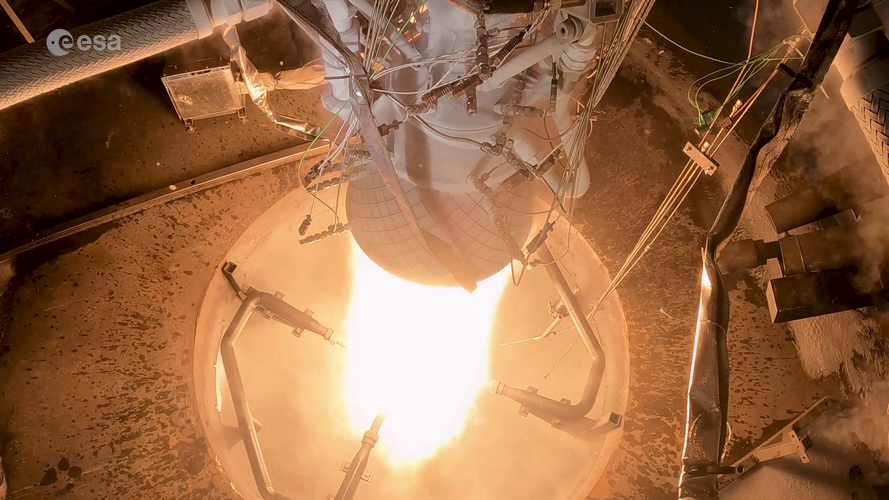 Video:
00:44:00
Video:
00:44:00
Scenes from testing the Aquila engine, designed, built and tested by Isar Aerospace at their engine test site in Esrange, Sweden.
Isar Aerospace finished engine hotfire testing for its Aquila engines in October 2023 by firing an Aquila engine for 260 seconds multiple times – more than it needs to fire for a flight. The test exceeded expectations by firing one of the engines six separate times without refurbishment.
Munich-based Isar Aerospace was supported by ESA’s Business Incubation Centre and previous Boost! contracts in 2020 and 2021. Its Spectrum rocket will be 28 m tall, 2 m in diameter






